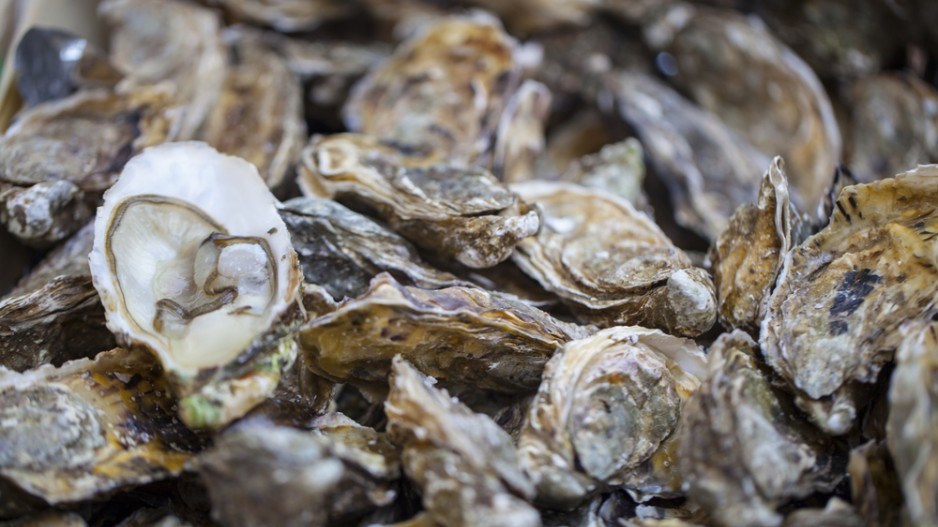A heat wave that baked the Northern Pacific at the end of June and early July has had a significant impact on B.C. shellfish growers, and could prove dire for returning salmon this year as well, as rivers in B.C. reach temperatures that could kill salmon before they can spawn.
During the heat wave, there were reports that shellfish, like mussels, clams and oysters, had essentially cooked to death in B.C.
The BC Shellfish Growers Association confirms many shellfish farmers in B.C. suffered significant losses, with one operation suffering a die-off rate as high as 80%.
Scientists with the Department of Fisheries and Oceans say the heat wave has excessively warmed rivers and is already having an impact on early summer runs of sockeye salmon, notably in the Okanagan, which is a tributary of the Columbia River.
Salmon are a cold-water fish that are sensitive to temperature. Returning sockeye have been known to stall at river mouths, waiting for a temperature signal before moving up river to make their way to their natal systems to spawn. If they linger too long, some will succumb to disease and predators.
“When temperatures exceed a certain threshold level, salmon just stop migrating,” said DFO aquatic biologist Howard Stiff. “Once temperatures in some of these bigger rivers get warmed up, they don’t really cool off that fast.”
This typically happens when river temperatures start getting above 18 or 19 degrees Celsius, and the Okanagan River is already at 23 degrees, Stiff said.
Salmon are also pooling in Alberni Inlet, as the Somas River is already exceeding 20 degrees, Stiff said.
“Right now, it’s OK – it’s cool (in the Inlet) and the oxygen conditions are good,” Stiff said. “But should that persist for more than one week, two weeks, then it’s going to start having impacts on the fish, with disease, increased predation – the seals will start working on them.
“A more serious case is happening right now in the Okanagan, where that river has been hot since the end of June. Some 45,000 (sockeye) have already reached the turnoff to the Okanagan tributary, but they can’t go up because the temperature exceeded about 23 degrees.”
Even if salmon do start moving up river, if rivers are too warm, the fish may become exhausted and never make it to their spawning grounds, said Sue Grant, a DFO scientist who heads the State of the Salmon program.
“We have some of our sockeye populations that are migrating in right now,” Grant said. “Once you start getting into 18 degrees, then they start having some challenges. It’s like if you ran a marathon in 18 degree weather, or 15 degree weather, you’re going to do a lot better than if you’re running at 50 degrees Celsius. When you get above 20, that’s when we start seeing mortality.”
Grant said land temperatures, which affect lake and river temperatures, have been on the increase in recent years, due to global warming. The record-breaking heat wave earlier this month was a quantum jump.
"Air temperatures over land are warming, and obviously we just went through a heat wave," Grant said. "Now, clearly, there's some research that just came out that are linking that recent heat wave to global climate change. And we're also seeing earlier losses of snowpack."
Snowpacks are like a “cold water battery” that can mitigate high air and land temperatures that heat up lakes and rivers. That natural battery may have been drained somewhat by the excessive heat of late June and early July, leaving less cooling for the rivers this summer.
Forest fires can add to the problem by removing tree cover along riverbanks.
Grant said sockeye in some systems may fare better this year than others, since some rivers are “buffered” by large glacial lakes that help keep river temperatures cooler.
In addition to the recent heat wave on land, there has also been a marine heat wave in recent years in the Northern Pacific Ocean. The so-called “blob” – a large warm region – showed up in 2013. It had dissipated by 2017, but Grant said this marine heat wave did not go away entirely.
“There’s a lot of different things happening at the same time in the salmon life cycle that are worrying,” Grant said.




